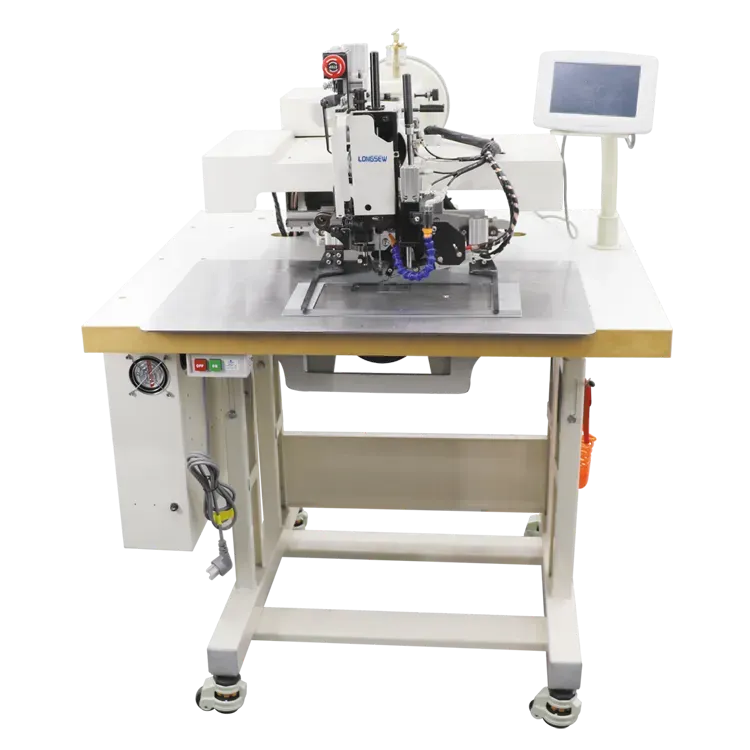Techniques for Mastering Leather Sewing Tips, Tools, and Best Practices for Quality Craftsmanship
Sewing Through Leather Techniques, Tools, and Tips
Sewing through leather is a skill that can elevate your crafting, transforming ordinary projects into durable, stylish goods. The process can initially seem intimidating given leather's unique properties compared to fabric. However, once equipped with the right tools and techniques, you can master this craft and create beautiful leather items ranging from wallets to bags and even personalized home decor.
Understanding Leather
Before diving into the sewing process, it's essential to understand the different types of leather. Full-grain leather is the most durable and retains the natural texture of the hide. Top-grain leather is slightly more processed and has a smoother finish. Suede is made from the underside of the hide and has a soft texture, while bonded leather combines leather scraps with synthetic materials. Each type has its own sewing requirements, so it's crucial to choose the right leather for your project.
Tools of the Trade
Sewing leather requires specific tools to achieve the best results
1. Needles Use heavy-duty needles specifically designed for leather. These needles have a wedge-shaped point that helps pierce through the dense material without causing damage.
2. Thread Strong, durable thread is essential for leather projects. Polyester or nylon threads are preferable due to their strength and resistance to wear. Look for threads that have a heavier weight—usually 40 or 50 weight.
3. Cutting Tools A sharp rotary cutter or a utility knife will allow you to make precise cuts without fraying the edges. For more intricate designs, a pair of leather scissors can be helpful.
4. Awls and Punches A leather awl is invaluable for making starter holes, which help guide the needle and prevent the leather from tearing. Hole punches are useful for creating consistent holes in leather for stitching.
sewing through leather

5. Clips and Adhesives Unlike fabric, pins are not very effective on leather. Instead, use clips designed for thicker materials or fabric glue to hold pieces together before sewing.
Techniques to Master
When sewing leather, it’s essential to adopt the right techniques. Here are some key methods
1. Marking Use tailor’s chalk or a specialized leather marker to outline your cutting and stitching lines. This will help you maintain precision throughout the sewing process.
2. Making Holes Always punch holes before sewing. This prevents the leather from bunching and ensures that your stitching is evenly spaced. Use an awl to create a guiding hole, and follow with a hole punch for consistent sizing.
3. Stitching There are several stitches suitable for leather projects, such as the saddle stitch, which is known for its strength and durability. To perform a saddle stitch, cut two equal lengths of thread—long enough to double back—thread both ends through the needle, and stitch through the leather, alternating sides as you go.
4. Finishing Edges Once your sewing is complete, take care to finish the edges neatly. You can burnish the edges with a tool or simply rub them with a little water and friction to smooth the surface, giving a professional finish to your project.
Conclusion
Sewing through leather is a rewarding endeavor that allows you to create lasting, personalized pieces. By understanding the properties of leather, investing in the right tools, and practicing specific techniques, you can produce high-quality items. Whether you’re crafting for yourself or as gifts, the satisfaction of sewing through leather will inspire you to continue exploring this versatile material. With practice and patience, your leather sewing skills will evolve, enabling you to tackle more complex projects confidently. Happy sewing!
-
Industrial Cylinder Arm Sewing Machine: Revolutionizing Heavy-Duty SewingNewsJul.28,2025
-
Cylinder Arm Sewing Machine: Perfect for Special Sewing ApplicationsNewsJul.28,2025
-
Cylinder Bed Sewing Machine: Essential for Sewing Complex MaterialsNewsJul.28,2025
-
Heavy Duty Sewing Machine: The Essential Tool for Industrial ApplicationsNewsJul.28,2025
-
Computerized Pattern Sewing Machine: Revolutionizing Precision StitchingNewsJul.28,2025
-
Heavy Duty Industrial Sewing Machine: Power Meets PrecisionNewsJul.28,2025
-
Leather Sewing Machine: The Industrial Standard for Tough MaterialsNewsJul.18,2025





























